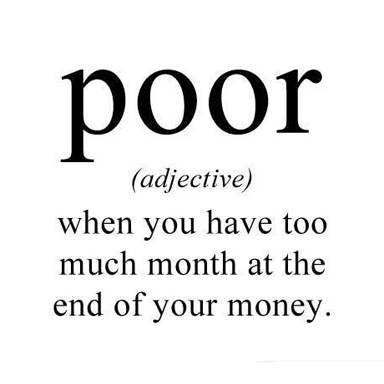Every three years the Program for International Student Assessment, or PISA administers a test designed to measure 15 years old worldwide on their proficiency in reading, math and science. The latest study conducted on test results taken from 65 countries in 2012 show that U.S. students continue to lag behind their counterparts, falling behind most of the world’s most-developed countries in math, science, and reading. The test was administed to 510,000 students between the ages of 15 years 3 months and 16 years 2 months. They represented about 28 million 15-year-olds globally.
Where only 23 countries outperformed the U.S. in mathematics in 2009, 29 nations and other jurisdictions now outperform U.S. students in that area. In an age where students have more access to computers and the internet, 19 locations outperformed the U.S. in reading, a staggering jump from just 9 three years ago. On the bright side, just 22 nations outperformed the U.S. in science, up from 18 three years ago. Sidebar: All of the creationism being taught in schools isn’t helping with our students’ ranking in science either folks.

Source: iSteve
Just how horrible are these rankings? Consider this, only 7% of U.S. students attained advanced level in eighth-grade math, while a whopping 48% of eighth graders in Singapore and 47% of eighth graders in South Korea reached the advanced level. Ouch. Who would you want as the engineer making mathematical calculations that will affect the stability and integrity of your buildings and cars?
According to the study, “the top overall scores came from Shanghai, Singapore, Hong Kong, Taiwan, South Korea, Macao and Japan, followed by Lichtenstein, Switzerland, the Netherlands and Estonia.” Lichtenstein? Where the heck is Lichtenstein?
What happened? Are students in the U.S. not being taugh well? Not so fast! It appears as if the U.S. is standing still while other countries have picked up steam. The U.S. score in all three areas were not statistically different than prior years, however, other countries have made measurable strides in improving their educational systems.
I’ve been combing through the data and found this little nugget by PISA, “a more socio-economically advantaged student scores 39 points higher in mathematics – the equivalent of nearly one year of schooling – than a less-advantaged student.” You see, income disparity can have an effect on your access to education which ultimately can affect the quality of education that you receive. When we talk about the wealth gap and income inequality within the United States this is the major impact that it can have on our children. But there is hope, the study goes on to say that,
Some 6% of students across [participating] countries – nearly one million students – are “resilient”, meaning that they beat the socio-economic odds against them and exceed expectations…
It’s not that the children of economically disadvantaged individuals are less intelligent, it’s all about access. The study also notes that within each individual country, the allocation of teachers in economically disadvantaged areas were roughly the same as in advantaged areas, but “disadvantaged schools tend to have great difficulty in attracting qualified teachers”.
I have been and continue to be a huge proponent of education and its ability to impact not only you, but your future progency, rid your entire line from generational poverty and improve the way that kids interact with money. Unfortunately, as I have been reading comments and reactions to this study I see people saying that you really don’t need to know how to perform complex algorithms once you leave school. The problem is that these students are still in school and this will affect their future ability to compete for employment in a global market. “They are the skills most in demand in today’s global economy. Unfortunately, they are also the skills that far too many U.S. students lack,” said Bob Wise, president of the Alliance for Excellent Education, a Washington-based advocacy group.
Throwing money at schools doesn’t necessarily work either. While the U.S. spends more than double the amount per student than Slovak Republic ($115,000 USD versus $53,000 USD), their rankings are roughly the same. What does work? Engaged students and parents. Teaching students just what they need to know to pass a standardized test as we have been doing in the U.S. is not working.
Alright, this embarrassing hosing aside, what do we do? It starts with YOU and YOUR kid. Forget trying to get into a charter school. Don’t leave your child’s education up for just their school. As a parent, you have been teaching your children since birth. Seek educational opportunities outside of your children’s classroom. Be involved in your child’s school by joining the parent-techer association. Figure out where your child needs help and get that help to him or her. Finally, let your child know that they are not dumb, but less TV and computer time wouldn’t be a bad thing.
Think that you’re smarter than the 15 year olds who took the test? Check out some sample questions and the study results (PDF).
























